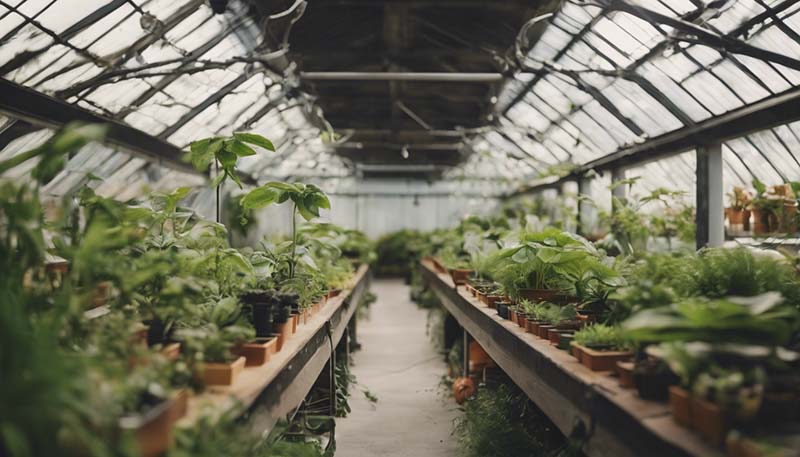Sustainable Indoor Gardening: How to Use Renewable Energy
Indoor gardening has become increasingly popular as people look for ways to connect with nature within the confines of their homes. However, traditional indoor gardening methods can be energy-intensive and contribute to a larger carbon footprint. This article explores the concept of sustainable indoor gardening and how to use renewable energy sources to create an eco-friendly and efficient indoor garden.
Sustainable indoor gardening is not only about reducing energy consumption and carbon emissions but also about creating a healthy and harmonious environment for both plants and humans. By using renewable energy sources, we can minimize the environmental impact of our indoor gardens and contribute to a more sustainable future.
Advertisement
1. Solar Energy
Solar energy is one of the most abundant and reliable sources of renewable energy. It can be harnessed through solar panels and used to power indoor garden lighting, water pumps, and other electrical devices. Solar-powered indoor gardens can significantly reduce electricity bills and carbon emissions.
2. Wind Energy
While wind energy is typically associated with large-scale power generation, small-scale wind turbines can be used to power indoor garden systems. These turbines can be installed near windows or vents to capture wind energy and convert it into electricity for the garden.
3. Geothermal Energy
Geothermal energy can be used to maintain a consistent temperature in indoor gardens, which is essential for plant growth. By tapping into the stable temperatures found underground, geothermal heating and cooling systems can provide a sustainable and efficient way to regulate indoor garden temperatures.
4. Biomass Energy
Biomass energy can be generated from organic waste materials, such as plant trimmings and food scraps. These materials can be composted and used as a source of heat and energy for indoor gardens. Additionally, the compost can provide valuable nutrients for the plants, promoting healthy growth and reducing the need for synthetic fertilizers.

1. Efficient Lighting
Choose energy-efficient lighting options, such as LED or CFL bulbs, to reduce energy consumption. Additionally, consider using timers or motion sensors to ensure lights are only on when needed.
2. Water Conservation
Implement water-saving techniques, such as drip irrigation systems and rainwater harvesting, to reduce water waste. Also, use mulch or other soil coverings to minimize evaporation and maintain soil moisture.
3. Space Optimization
Maximize the use of available space by using vertical gardening techniques, such as hanging planters or wall-mounted shelves. This can help increase the overall productivity of the indoor garden while minimizing the environmental impact.
4. Energy-Efficient Ventilation
Proper ventilation is crucial for maintaining a healthy indoor garden. Use energy-efficient fans or ventilation systems that can be controlled automatically to maintain optimal air circulation and temperature.
5. Organic and Natural Pest Control
Avoid the use of chemical pesticides and opt for organic and natural pest control methods, such as introducing beneficial insects or using organic pest control products. This can help maintain a healthy ecosystem within the indoor garden and reduce the risk of chemical contamination.
Sustainable indoor gardening is an essential step towards a greener and more eco-friendly future. By incorporating renewable energy sources and efficient gardening practices, we can create a thriving indoor garden that benefits both the environment and our well-being. As the demand for sustainable living grows, the adoption of renewable energy in indoor gardening will play a crucial role in reducing our carbon footprint and preserving the planet for future generations.
Comment